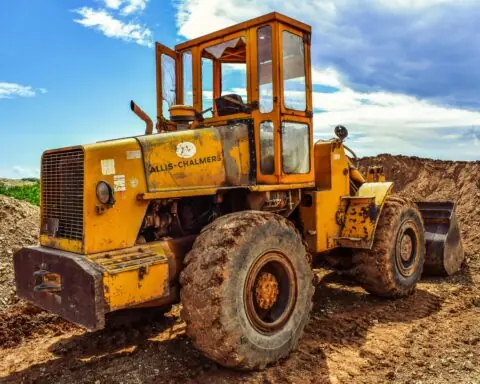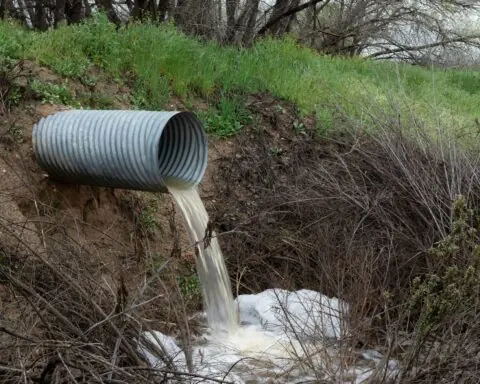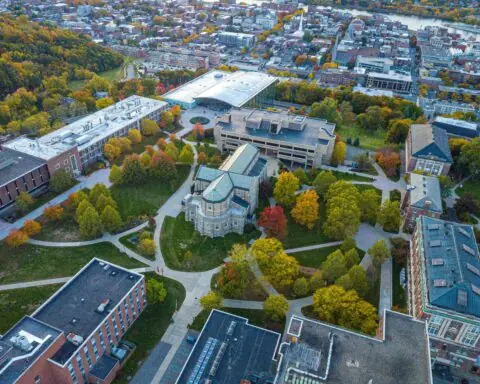A new report from the national transportation research group TRIP offers an updated look at the condition of Pennsylvania’s road and bridge infrastructure. Highlighting both progress and ongoing maintenance efforts, the report also provides recommendations for public officials to address the state’s emerging transportation needs.
TRIP’s report on Pennsylvania’s local roads and bridges highlights a growing funding imbalance between federal, state and local roads. While federal highway systems have received increased investment under the Infrastructure Investment and Jobs Act, inflation and declining gas tax revenues have prompted officials to prioritize major routes. The report recommends a shift in focus from these major routes and arterials to state-owned and local bridges and infrastructure.
Notably, Allegheny County, home to the cities of Pittsburgh, Clairton, Duquesne and McKeesport, ranks among the best and worst for general road and bridge conditions. Of its 883 bridges, 138 are classified as poor and 266 are in good condition, according to the report. The county ranks highest in the state for poor-condition bridges, second for good-condition bridges, behind Lancaster County, and has more than half of its bridges rated fair. TRIP also warns that failure to address minor issues now can lead to more costly repairs later.
Safety concerns represent one of the most urgent concerns, according to the report. From 2019 through 2023, traffic crashes in Pennsylvania took 5,808 lives—an average of 1,161 annually. Of those, 3,391 deaths, 58% occurred on local roads. Additionally, the fatality rate on local roads was 80 percent higher than on federal highways.
The report recommends a comprehensive plan to improve safety, includes modernizing vehicle safety systems, promoting safer behavior among drivers, pedestrians and cyclists and upgrading road infrastructure. The report suggests some recommended improvementssuch as rumble strips, turn lanes, medians, wider lanes and shoulders, optimized intersections, clearer pavement markings and updated signals.
Bridge conditions remain a critical concern statewide. In 2025, roughly 14 percent of Pennsylvania’s nearly 25,000 local bridges were rated as poor or structurally deficient. That number is among the highest rates in the nation, according to the report.
These structures often require weight restrictions or closures, disrupting emergency response, school transportation, commercial activity and agricultural operations, while detours increase travel time, fuel consumption and economic inefficiency. Another 52 percent of bridges are rated fair, which signifies signs of wear but remaining serviceable, while just 35 percent are rated good.
To address these challenges, TRIP’s report pushes for Pennsylvania to boost and maintain local funding, focus on repairing or replacing bridges in the worst condition, adopt lifecycle-based maintenance strategies, and streamline local bridge programs. A coordinated, long-term approach is essential to ensure the state’s infrastructure remains safe, resilient and capable of meeting future needs.
Photo by Pixabay













